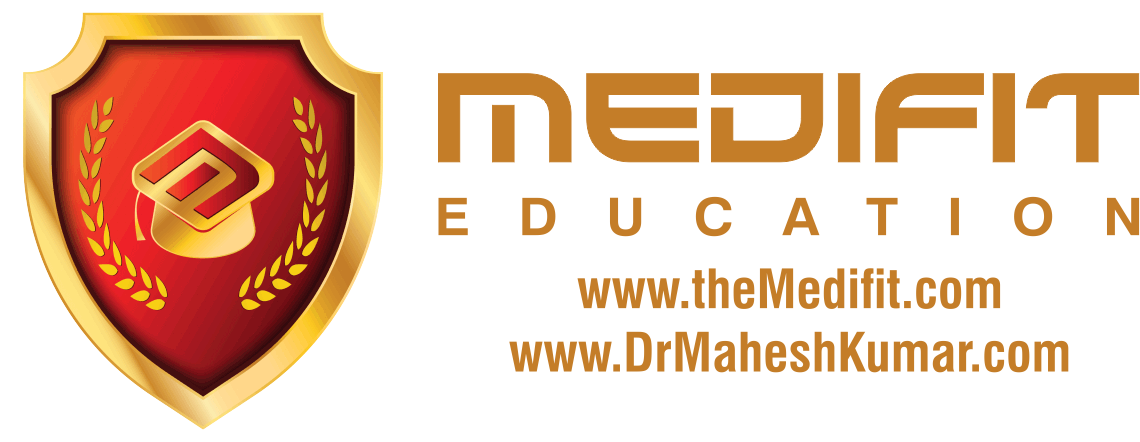Is Creatine Safe? | Creatine for Muscle and Brain Performance- Thomas DeLauer: Finally, one of the most popular questions! Is Creatine Safe? Want to Chat with me? Go to http:/www.ThomasDeLauer.com We are constantly burning energy. This energy ultimately comes from the food that we eat. Through the Krebs Cycle ATP is created, and this is what is used as fuel in our cells. ATP is created through three pathways, depending on the type of activity we are performing: 1. Phosphagen – for immediate and short lived energy needs 2. Anaerobic Glycolysis – slower than #1, does not need oxygen 3. Aerobic Glycolysis – slowest, requires oxygen Phosphagen: When ATP is broken down for energy, what is left is ADP and a phosphate group. Creatine phosphate combines the phosphate group with the ADP to quickly create more ATP for immediate energy needs. Very little ATP and creatine phosphate is stored in muscle cells. Pathway used to create energy at the onset of exercise as well as for quick exercised lasting about 1 to 30 seconds, such as kicking a ball, a fast sprint or lifting weights. Where does creatine come from? Creatine can either come directly from your diet or can be produced by the liver and kidneys using amino acids. When you consume more creatine you produce less in the body. An early study on creatine supplementation found a 20% increase in the stored creatine and phosphocreatine in the body when participants consumed 20 grams of creatine for several days in a row. This increase looks to be the upper limit with the remaining being excreted through urine. Many studies have shown benefits of creatine supplementation, including bench press, sprinting, high intensity exercise, among other fast cardio and weight training type workouts. Side Effects: Unfortunately studies have examined safety of creatine for less than two weeks, not for long term use. Many possible side effects include dehydration, muscle cramping, nausea, kidney damage and kidney stones, and renal damage. Creatine supplements are not monitored by the FDA and thus there is the danger of impurities in supplements. Creatine as a Nootropic: Nootropics are substances that people use to enhance their brain function, giving mental clarity, energy and health. Five percent of the creatine stored in our bodies is found in our organs, such as the brain. For your brain to work quickly, it needs readily available energy stores just like your muscles do! Neurons rely on the fast phosphagen cycle to create energy for communication. Vegetarians have been found to have lower levels of creatine stores in their brains. One study found creatine supplementation to enhance performance on some skills related to cognitive function. Tips: You can find dietary creatine in meats, particularly beef, wild game and wild caught fish. A common study protocol was to have participants take 20 grams per day for 5 or 6 days, so be sure not to exceed that quantity. It’s only beneficial for short duration, high intensity exercise, not for endurance sports. References: 1. The three primary energy pathways explained https://www.acefitness.org/blog/3256/the-three-primary-energy-pathways-explained 2. Creatine supplementation in athletes: review http://www.rice.edu/~jenky/sports/creatine.html 3. Cognitive effects of creatine ethyl ester supplementation http://www.ncbi.nlm.nih.gov/pubmed/19773644 4. Functions and effects of creatine on the central nervous system http://www.ncbi.nlm.nih.gov/pubmed/18502307
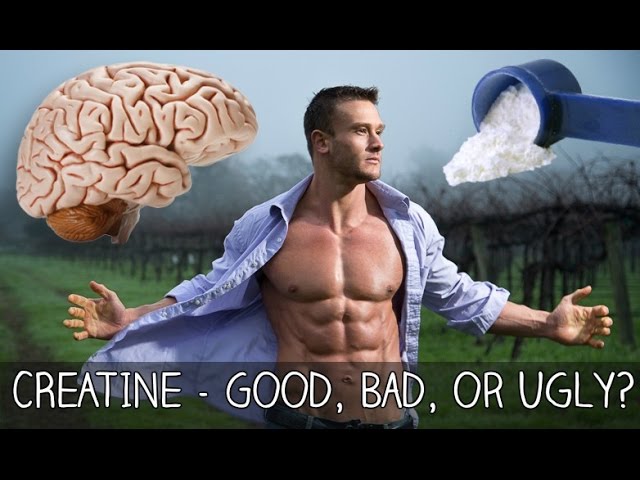
Is Creatine Safe? | Creatine for Muscle and Brain Performance- Thomas DeLauer
- Post author:
- Post published:May 25, 2021
- Post category:Uncategorized
- Post comments:0 Comments
You Might Also Like

Varicose veins during pregnancy – Dr. Shweta Arora

Overhead Press Dumbbells-13
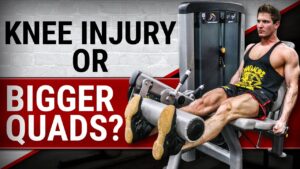
Leg Extension-2

Diet Plan for 6 Pack Abs (STEP BY STEP!)

“The 59”: Skull Crushers & Close Grip Bench

Sugar diabetes Meaning

5 Best pre-workout meal for Muscle Gain |

Accutane Journey: 27 Weeks in 3 Minutes!

Fitting Room Friday: Male Body Type

How to Do Seated Overhead Dumbbell Press | Arm Workout

URINE BILIRUBIN TEST
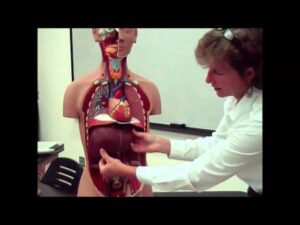
Intro Anatomy 3 Abdominal Cavity 1
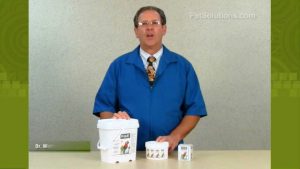
PetSolutions: Prime Vitamin, Mineral, Amino Acid Supplement

4 Best Exercises For Flat Stomach | Tone Abdominal
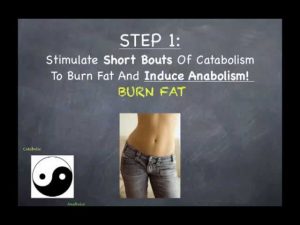
Anabolic and Catabolic Cycles

Side plank-5

Xenical

Types of Carbohydrates

Floatation Healing Video – 3

Exercises To Increase BMR
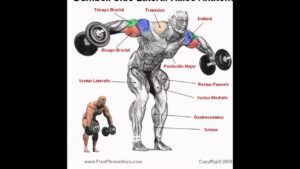
Best body building exercise

University of Manchester School of Pharmacy PHAR:10400 Group 23 – Topic: Obesity
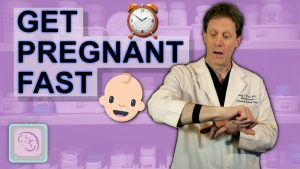
Get Pregnant Fast with Unexplained Infertility

Overhead Triceps Single Hand Extension | Moderate Weight Is Best Weight #shorts #YoFitnessShorts

Accutane-isotretinoin

How To: Goblet Squat

Valium Effects (Diazepam) 2012 Valium Negatives For Those Abusers

Best 5 Must have Supplements for Gym goers from chemist under 600 | Best Multivitamins

GenFX Side Effects | GenFX Human Growth Hormone | GenFX Customer Reviews
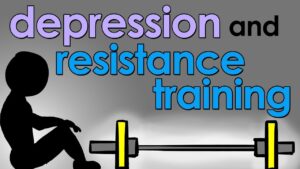
Weight Training Video – 3

Testosterone & Androgenic Effects Video – 9

5 Best Exercise For Lower Abs Hindi (Men & Women )

The difficult journey of the sperm | Signs
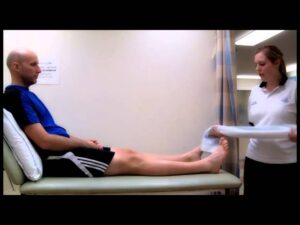
Physiotherapy in Rehabilitation Video – 2
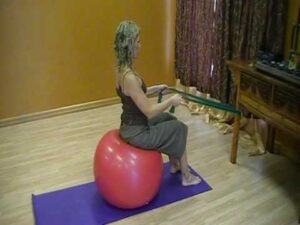
Seated Row on Ball – Upper Back Strengthening Rehab Exercise
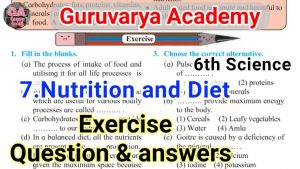
Nutrition and Diet exercise question answers class 6th Science | std 6th science chapter 6 exercise

Can you have sex during pregnancy?
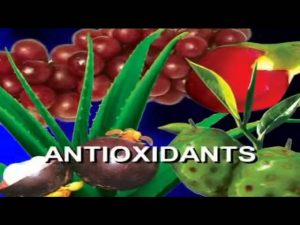
Importance of Antioxidants – Hindi
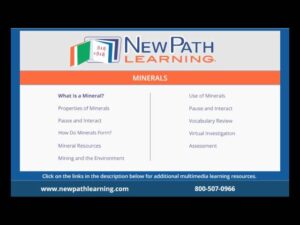
Minerals- What is a Mineral

How To: Reverse Lat Pulldown

Hypertension Causes Symptoms And Treatment

